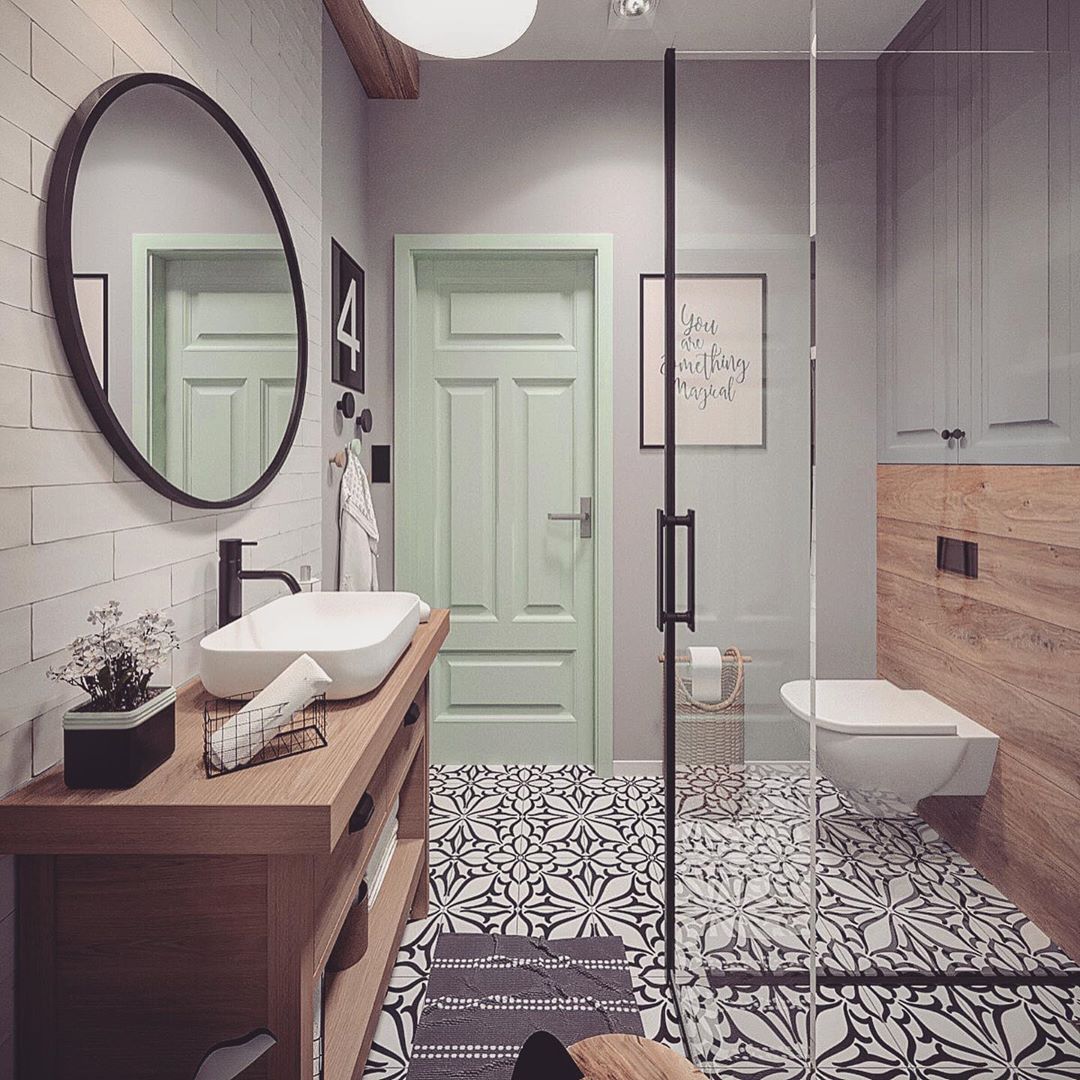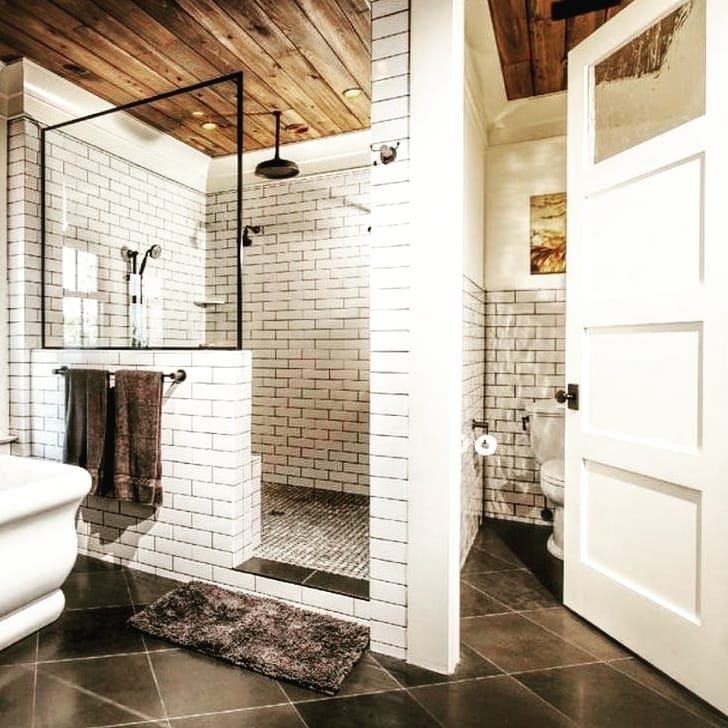Types of Sliding Bathroom Doors

Sliding bathroom doors offer a practical and stylish alternative to traditional hinged doors, especially in smaller bathrooms where space is at a premium. They are also a great option for creating a modern and minimalist aesthetic. In the UK, a variety of sliding door types are available, each with unique features, benefits, and drawbacks. This section will explore the different types of sliding bathroom doors available in the UK, comparing their materials, designs, and functionalities.
Pocket Doors
Pocket doors are a popular choice for bathroom spaces as they provide a space-saving solution by sliding into a wall cavity when not in use. This type of door is ideal for maximizing floor space and creating a seamless and minimalist aesthetic.
Pocket doors are typically made from various materials, including wood, glass, and composite materials. Wood pocket doors offer a traditional and elegant look, while glass doors provide a modern and airy feel. Composite materials offer a durable and low-maintenance option.
Advantages of Pocket Doors:
- Space-saving: Pocket doors slide into the wall, maximizing floor space.
- Minimalist aesthetic: Pocket doors create a clean and modern look.
- Easy to operate: Pocket doors are simple to open and close.
- Versatile: Pocket doors can be customized with various materials, finishes, and hardware.
Disadvantages of Pocket Doors:
- Installation complexity: Installing a pocket door requires significant structural modifications to the wall, making it a more complex and expensive installation compared to other types.
- Limited space requirement: Pocket doors require sufficient wall space to accommodate the door panel and track system.
- Potential for dust and debris: The pocket door mechanism can accumulate dust and debris over time, requiring regular cleaning.
Bypass Doors
Bypass doors are another popular option for bathroom spaces. They consist of two or more panels that slide past each other on a track, allowing the doors to overlap and cover the doorway. This design is particularly useful for larger openings or when a single panel is not wide enough to cover the entire doorway.
Bypass doors are typically made from materials such as wood, glass, and composite materials, offering a variety of aesthetic options.
Advantages of Bypass Doors:
- Space-saving: Bypass doors slide along a track, maximizing floor space.
- Versatile: Bypass doors can be customized with different materials, finishes, and hardware.
- Easy to operate: Bypass doors are simple to open and close.
- Affordable: Bypass doors are generally less expensive to install than pocket doors.
Disadvantages of Bypass Doors:
- Limited privacy: Bypass doors can offer less privacy than other types of doors as the panels overlap, leaving a small gap.
- Potential for noise: Bypass doors can make noise when sliding along the track, especially if the panels are not properly lubricated.
- Limited customization: Bypass doors are generally available in standard sizes, making it more difficult to customize them to fit unique openings.
Barn Doors
Barn doors are a popular choice for bathroom spaces, adding a rustic and modern touch to the room. They are typically made from wood and feature a sliding mechanism that allows the door to slide along a track mounted on the wall.
Barn doors can be customized with various finishes and hardware, such as handles, latches, and track systems, offering a wide range of aesthetic options.
Advantages of Barn Doors:
- Space-saving: Barn doors slide along a track, maximizing floor space.
- Rustic and modern aesthetic: Barn doors add a unique and stylish touch to the bathroom.
- Versatile: Barn doors can be customized with different materials, finishes, and hardware.
- Easy to operate: Barn doors are simple to open and close.
Disadvantages of Barn Doors:
- Limited privacy: Barn doors can offer less privacy than other types of doors as the door panel does not fully cover the doorway.
- Potential for noise: Barn doors can make noise when sliding along the track, especially if the panels are not properly lubricated.
- Installation complexity: Installing a barn door requires a track system to be mounted on the wall, making it a more complex installation than other types.
Installing a Sliding Bathroom Door: Sliding Bathroom Door Uk

Installing a sliding bathroom door can be a rewarding DIY project, adding a touch of modern elegance to your bathroom. It’s essential to plan and follow proper procedures to ensure a successful installation. This guide will provide step-by-step instructions, covering the essential tools and materials needed, along with visual aids to clarify the process.
Preparing the Installation Area
Before starting the installation, it’s crucial to prepare the area to ensure a smooth and efficient process. This includes:
- Clearing the area around the door opening, removing any obstacles or furniture that could hinder the installation process.
- Ensuring the floor is level and free from debris or uneven surfaces, as this will affect the door’s smooth operation.
- Measuring the door opening width and height accurately to determine the correct size of the sliding door and track.
- Checking the wall for any obstructions, such as electrical wiring or plumbing pipes, to avoid damage during the installation process.
Installing the Track
The track is the foundation of the sliding door system, and its proper installation is crucial for smooth operation.
- Mark the wall where the track will be installed, ensuring it’s level and straight. It’s recommended to use a laser level for precise alignment.
- Drill pilot holes at the marked points and secure the track to the wall using screws or anchors, depending on the wall material. Ensure the screws are long enough to penetrate the wall securely.
- Adjust the track to ensure it’s level and aligned with the door opening. Use a level to verify the alignment and make any necessary adjustments before securing the track permanently.
Hanging the Door, Sliding bathroom door uk
Once the track is securely installed, you can proceed with hanging the door.
- Place the door rollers onto the track, ensuring they are properly seated and aligned. The rollers should move smoothly along the track without any resistance.
- Attach the door to the rollers, ensuring it’s securely fastened. Depending on the door type, this may involve using screws or a locking mechanism.
- Adjust the door height to ensure it hangs level and smoothly slides along the track. Use shims if necessary to adjust the door’s height.
- Test the door’s operation, ensuring it slides smoothly and effortlessly along the track without any binding or resistance.
Installing the Handle and Other Accessories
Once the door is hung, you can install the handle and any other accessories, such as a lock or a privacy latch.
- Mark the door where the handle will be installed, ensuring it’s at a comfortable height and position.
- Drill pilot holes at the marked points and attach the handle using screws or other fastening methods, depending on the handle type.
- Install any other accessories, such as a lock or a privacy latch, following the manufacturer’s instructions.
- Test the handle and other accessories to ensure they are properly installed and function correctly.
Finishing Touches
After installing the door and accessories, it’s time to add finishing touches to complete the project.
- Clean the door and track to remove any dust or debris accumulated during the installation process.
- Apply a sealant or lubricant to the track to prevent rust and ensure smooth operation.
- Test the door’s operation once again to ensure it slides smoothly and effortlessly along the track without any binding or resistance.
Sliding bathroom door uk – Sliding bathroom doors are a popular choice in the UK, offering space-saving functionality and a sleek aesthetic. When choosing a sliding door, it’s important to consider the standard bathroom stall door size, which you can find outlined in detail here.
This will ensure that your new sliding door fits seamlessly into your bathroom and complements the existing fixtures.
Sliding bathroom doors are a godsend for smaller bathrooms, providing a space-saving solution that’s both practical and chic. To add a touch of colour and comfort to your bathroom sanctuary, consider a blue contour bathroom rug – it’ll complement the sleekness of the sliding door and add a splash of personality to the room.
Whether you opt for a modern or traditional style, a sliding bathroom door is a surefire way to elevate your bathroom’s aesthetic.